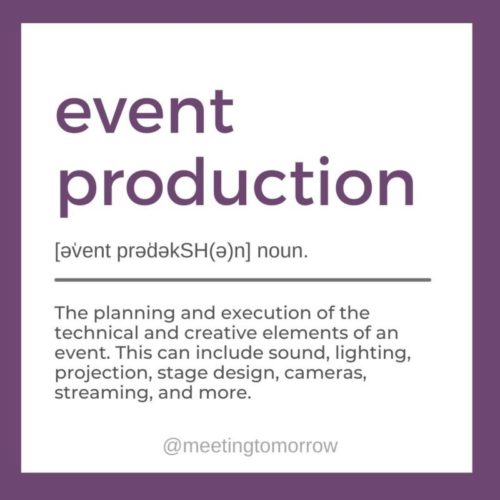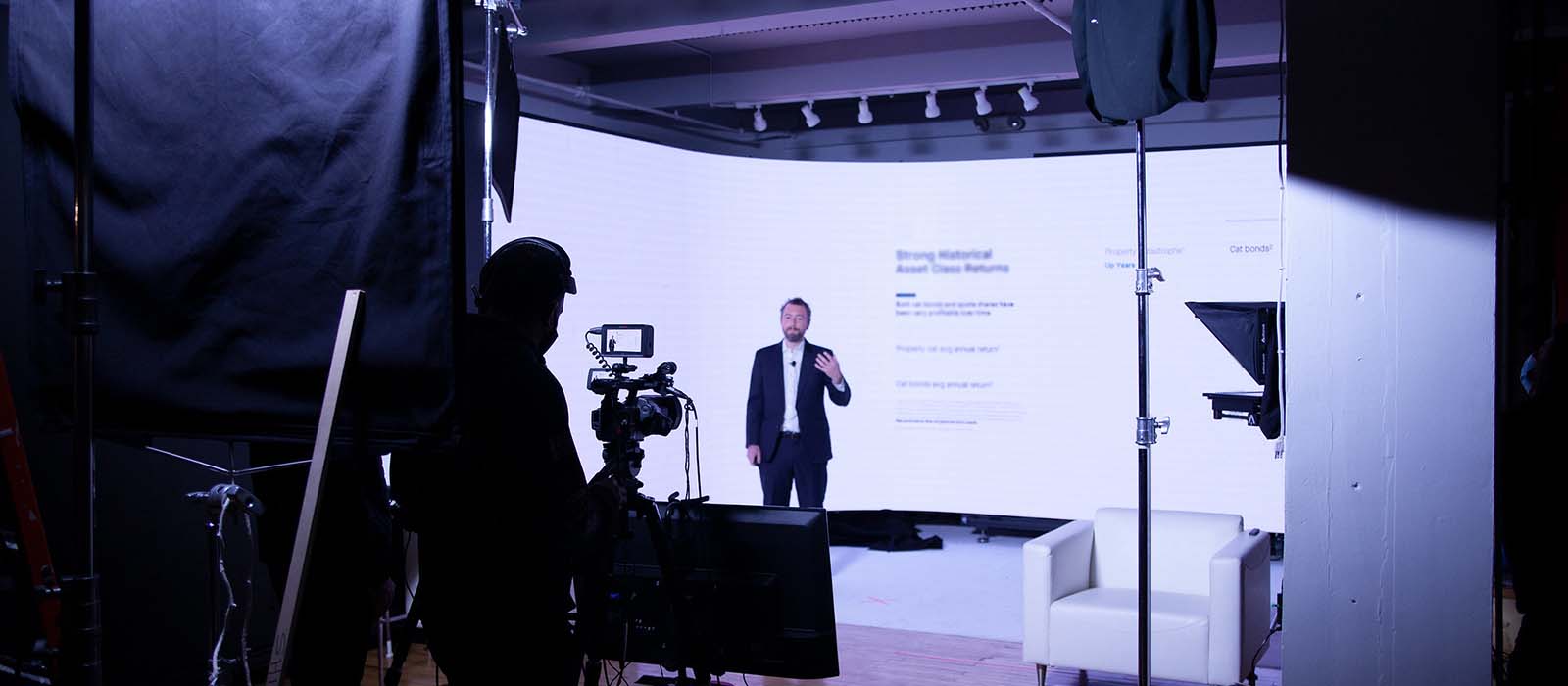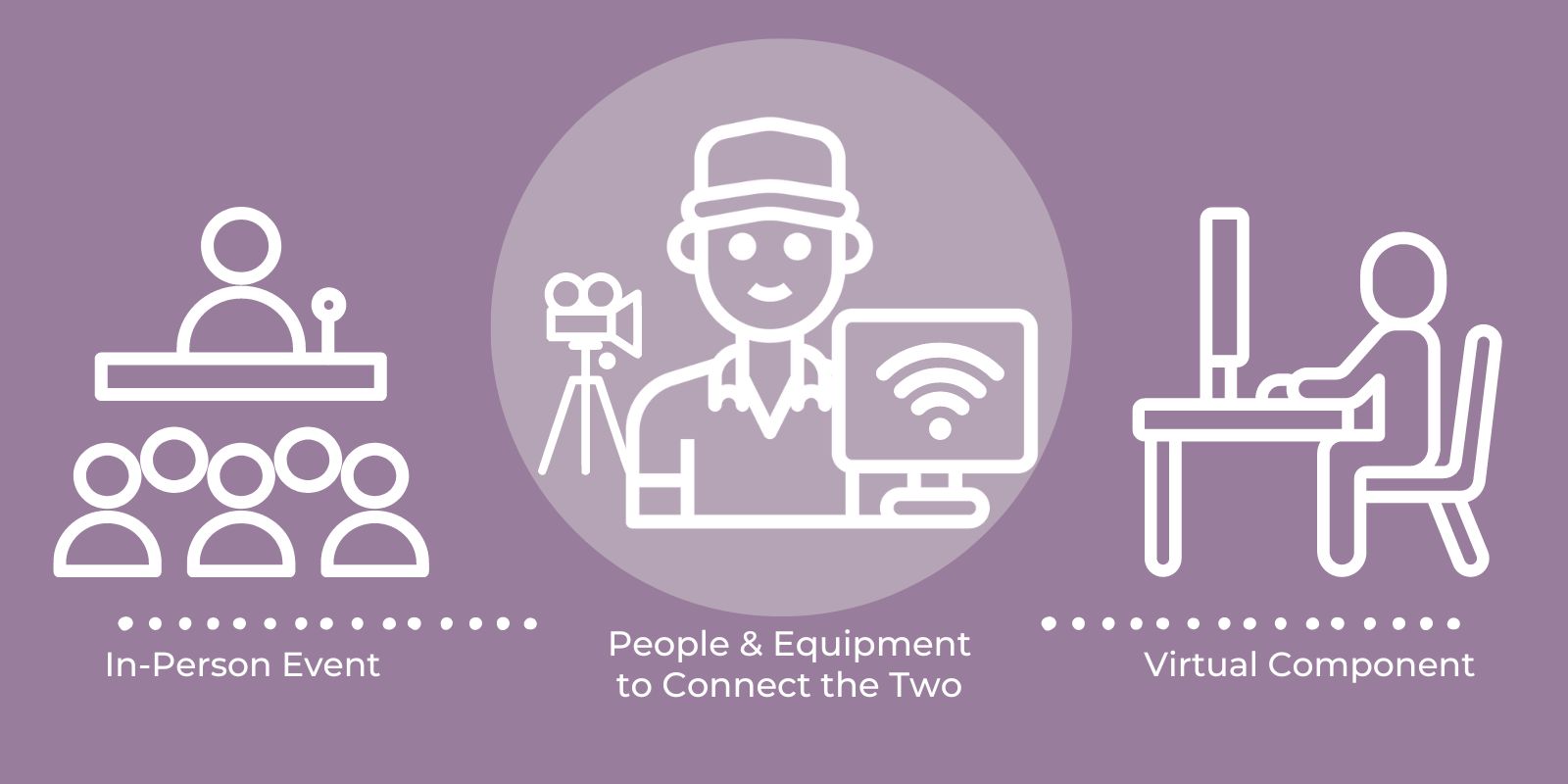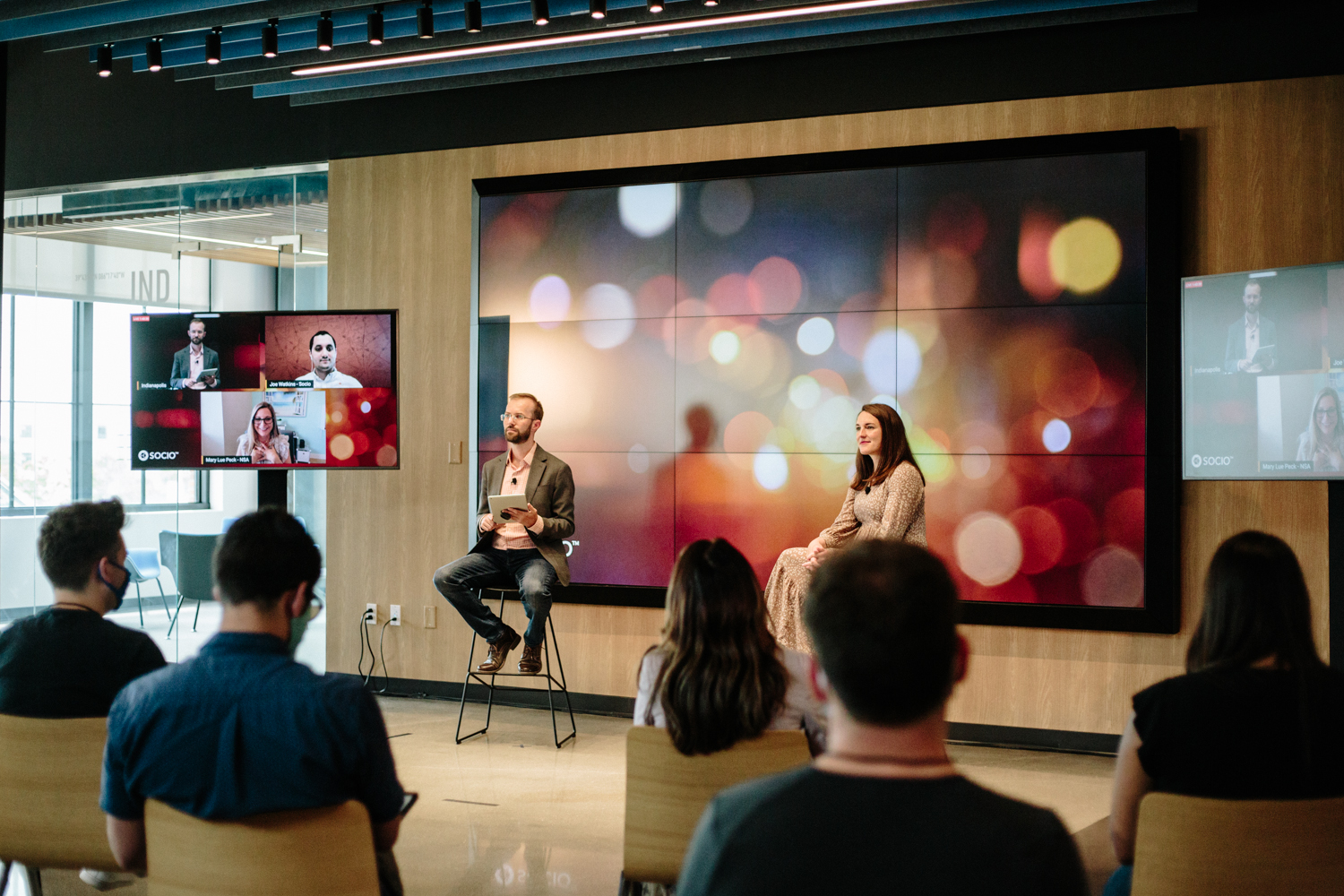As an event production company with almost 20 years of experience planning and producing virtual and hybrid events, we love sharing our knowledge with event planners nationwide. Below are some of the top questions we get, along with high-level answers and some of our favorite resources for you to learn more.
Contents: What’s Below
What do we mean when we say “production?”
Who is on your event production team?
What are the benefits of virtual and hybrid events?
What are the top challenges of a hybrid or virtual event?
How do you choose a hybrid or virtual platform?
What are the best ideas for virtual audience engagement?
What questions should you ask your event production company?
Examples We ♥ of Virtual & Hybrid Events




